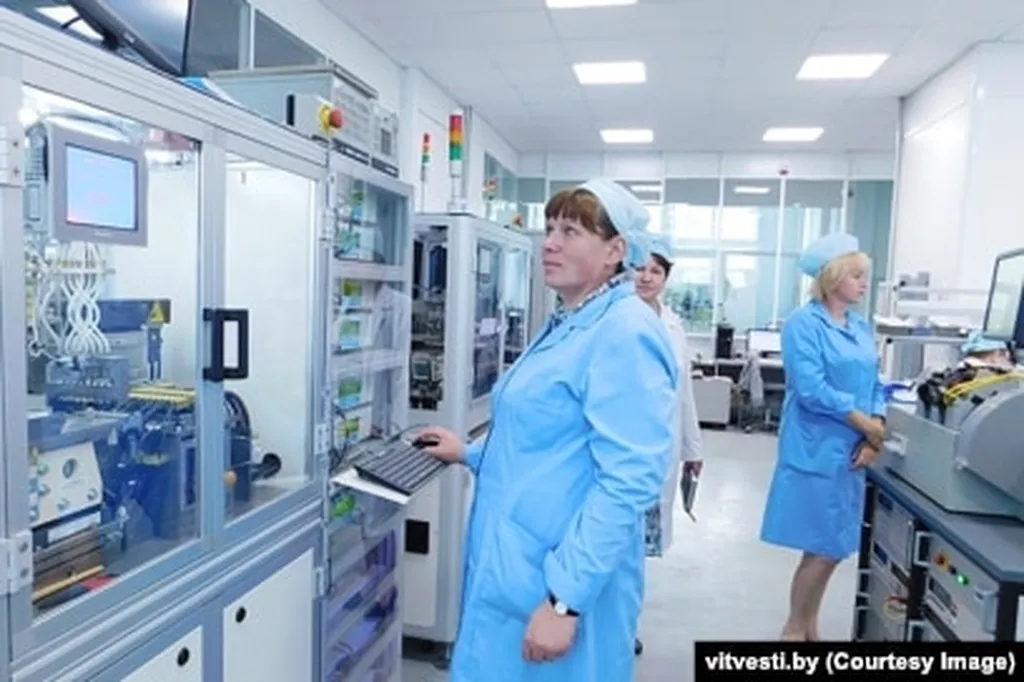In the realm of short-range radar technology, a significant stride has been made by researchers at the Belarusian State University of Informatics and Radioelectronics, led by A. V. Gusinsky. Their work, published in the journal “Весці Нацыянальнай акадэміі навук Беларусі: Серыя фізіка-тэхнічных навук” (translated to “Proceedings of the National Academy of Sciences of Belarus: Series of Physical and Technical Sciences”), delves into the intricacies of radio altimeters, offering insights that could revolutionize various industries, including the energy sector.
Radio altimeters, crucial for measuring the height of an object above ground level, have long been a staple in aviation and other industries. However, the conventional models have their limitations. Gusinsky and his team have tackled these challenges head-on, presenting mathematical models of radiated, reflected, and differential radio signals in both time and frequency domains. Their approach is based on the analytical Gabor method in quadrature form, a sophisticated technique that promises to enhance the precision and reliability of radio altimeters.
The research explores symmetric and asymmetric types of linear frequency-modulated radio signals, along with the limitations inherent in their analytical application. Additionally, signals using a sinusoidal type of modulating voltage are considered, providing a comprehensive overview of the current landscape of radio altimeter technology.
Gusinsky explains, “Our goal was to provide a detailed analysis of the various methods of constructing radio altimeters. Each method corresponds to the same principle of construction, but understanding their nuances is crucial for optimizing performance.”
The team’s work outlines time, frequency, correlation, and zero counting methods of construction, offering a roadmap for future developments. Detailed structures of radio altimeters are provided, along with their advantages and disadvantages, and recommendations for their use. This thorough analysis is poised to shape the future of radio altimeter technology, with significant implications for the energy sector.
For instance, in the energy sector, precise height measurements are essential for tasks such as wind turbine installation and maintenance, as well as for monitoring the structural integrity of power lines and towers. The enhanced accuracy and reliability offered by the models proposed by Gusinsky and his team could lead to safer and more efficient operations.
Moreover, the research could pave the way for advancements in other short-range radar devices, broadening the scope of applications in industries ranging from construction to telecommunications. As the world continues to embrace technological innovation, the insights provided by this study are timely and relevant.
In the words of Gusinsky, “The potential applications of our research are vast. By improving the precision of radio altimeters, we are not only enhancing safety and efficiency but also opening up new possibilities for technological advancement.”
As the energy sector and other industries continue to evolve, the work of Gusinsky and his team serves as a beacon of progress, illuminating the path forward in the realm of short-range radar technology. Their research is a testament to the power of innovation and the relentless pursuit of excellence in scientific inquiry.

